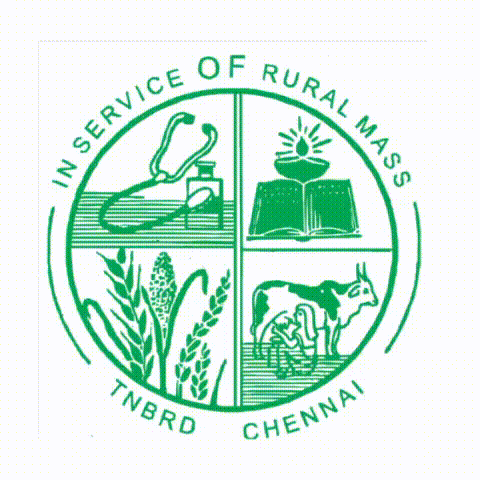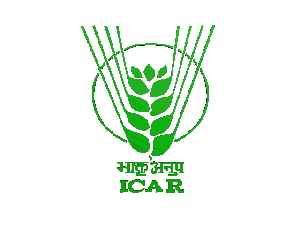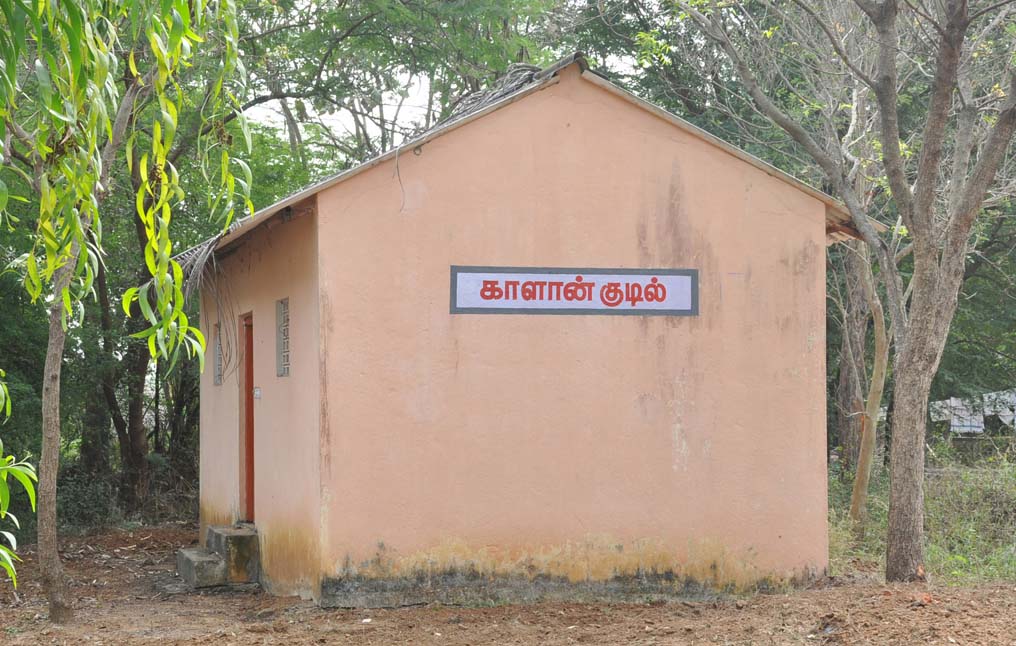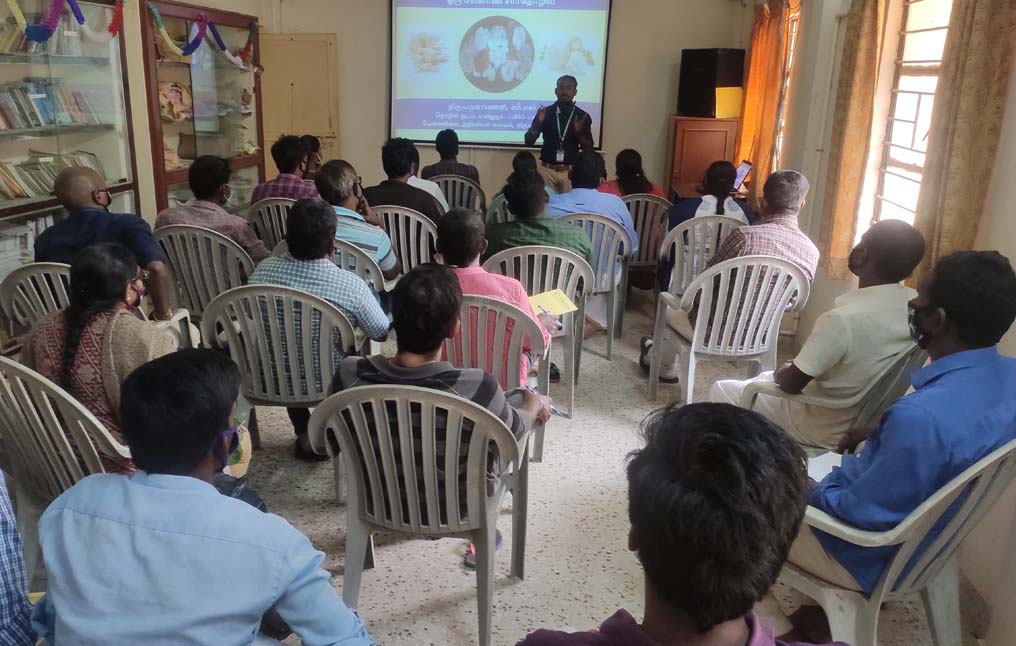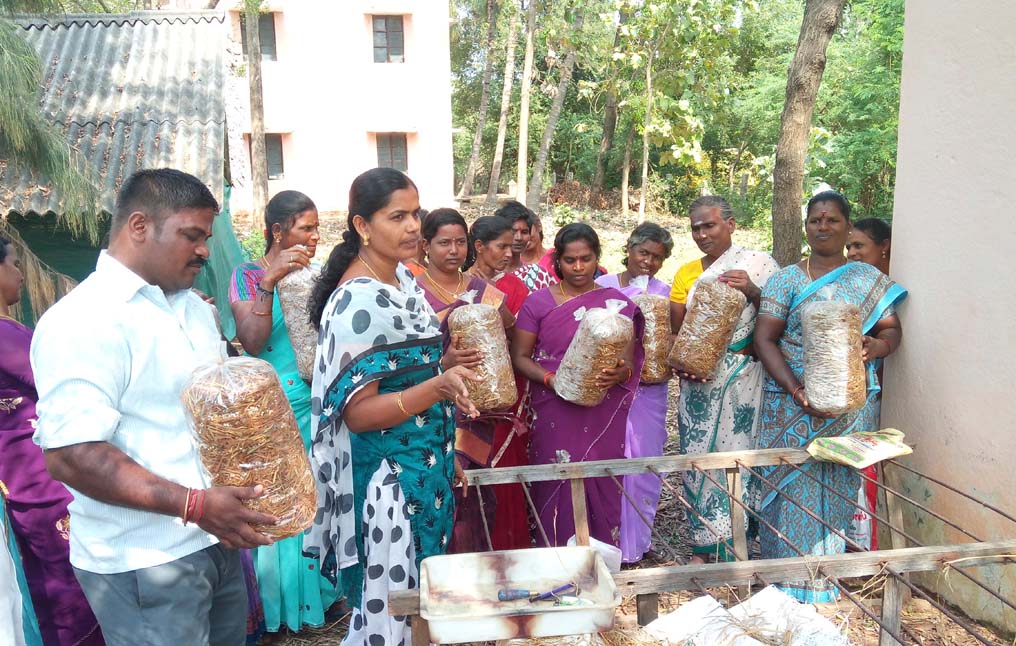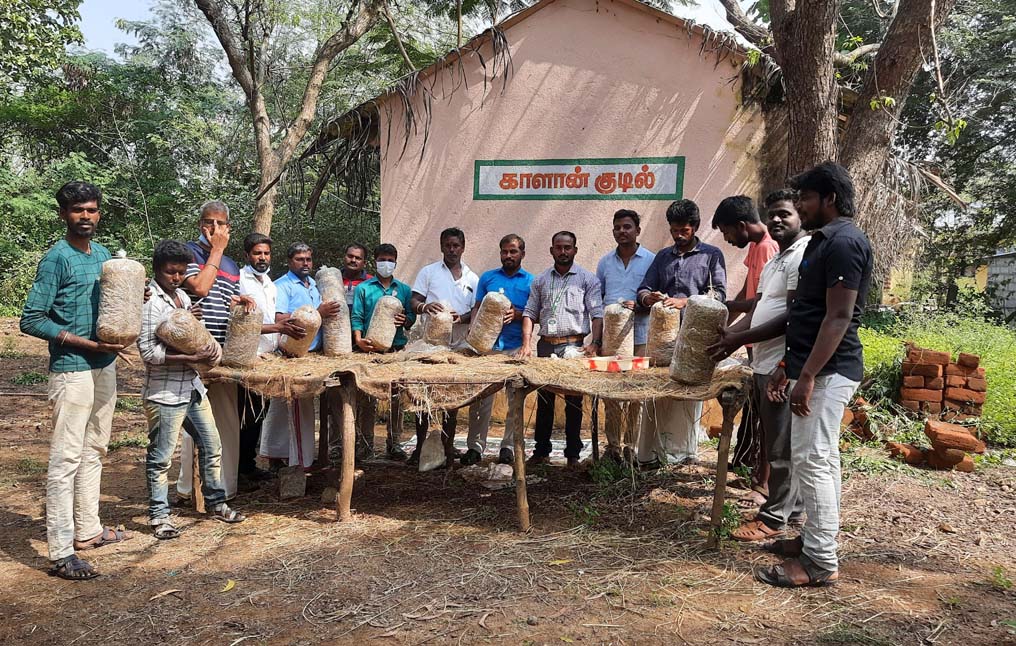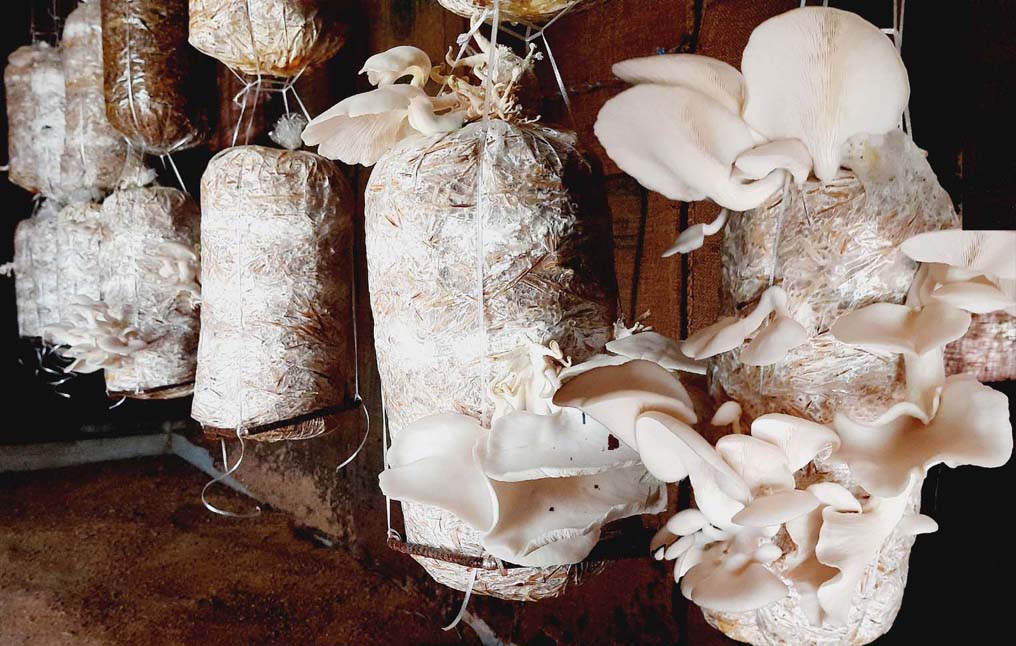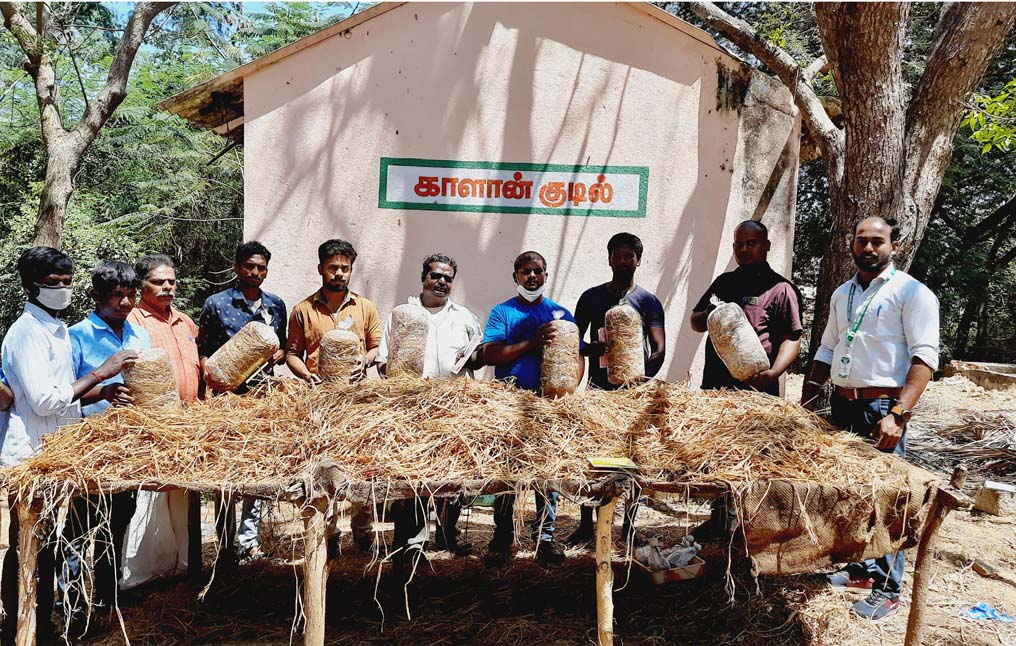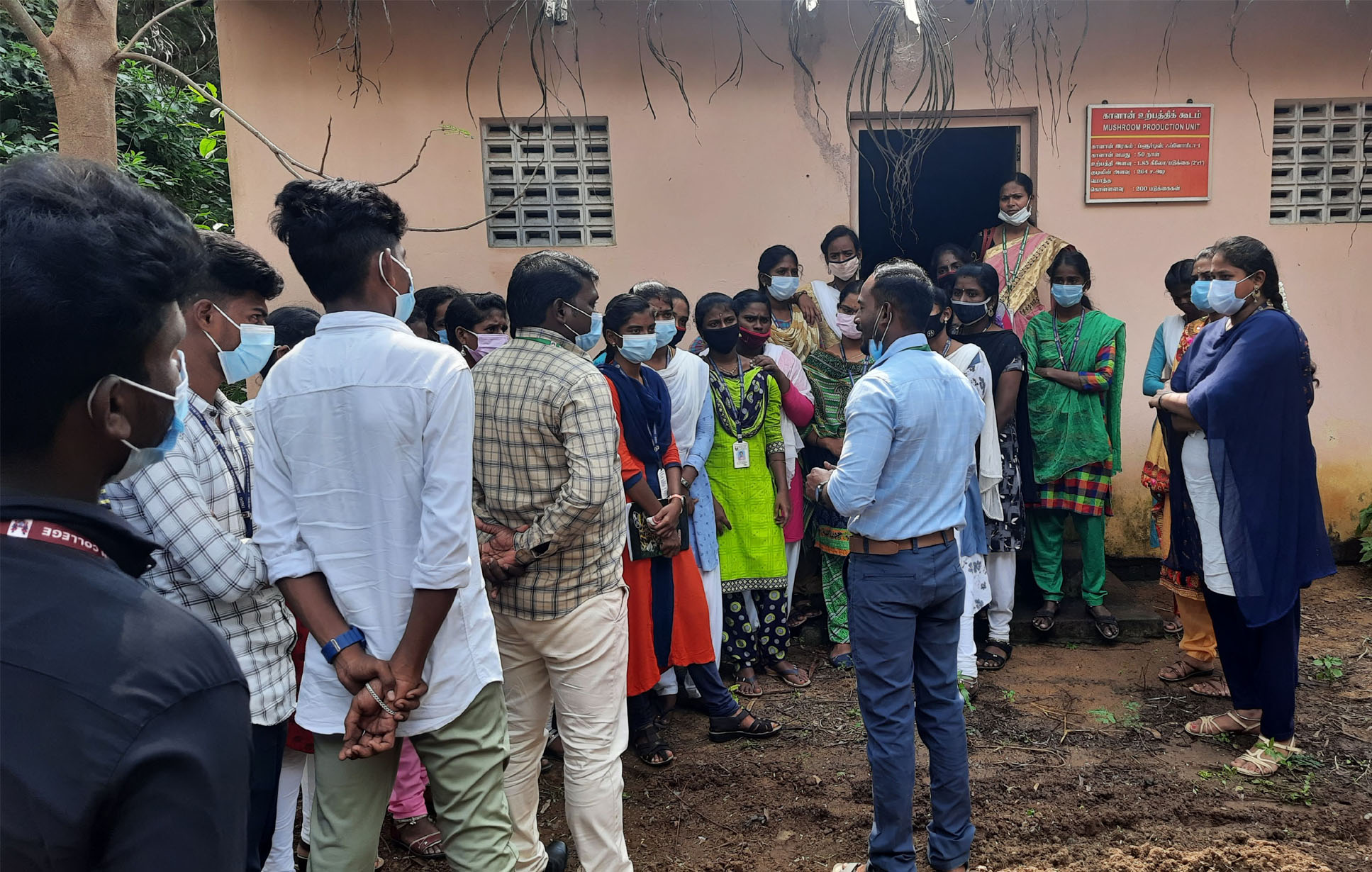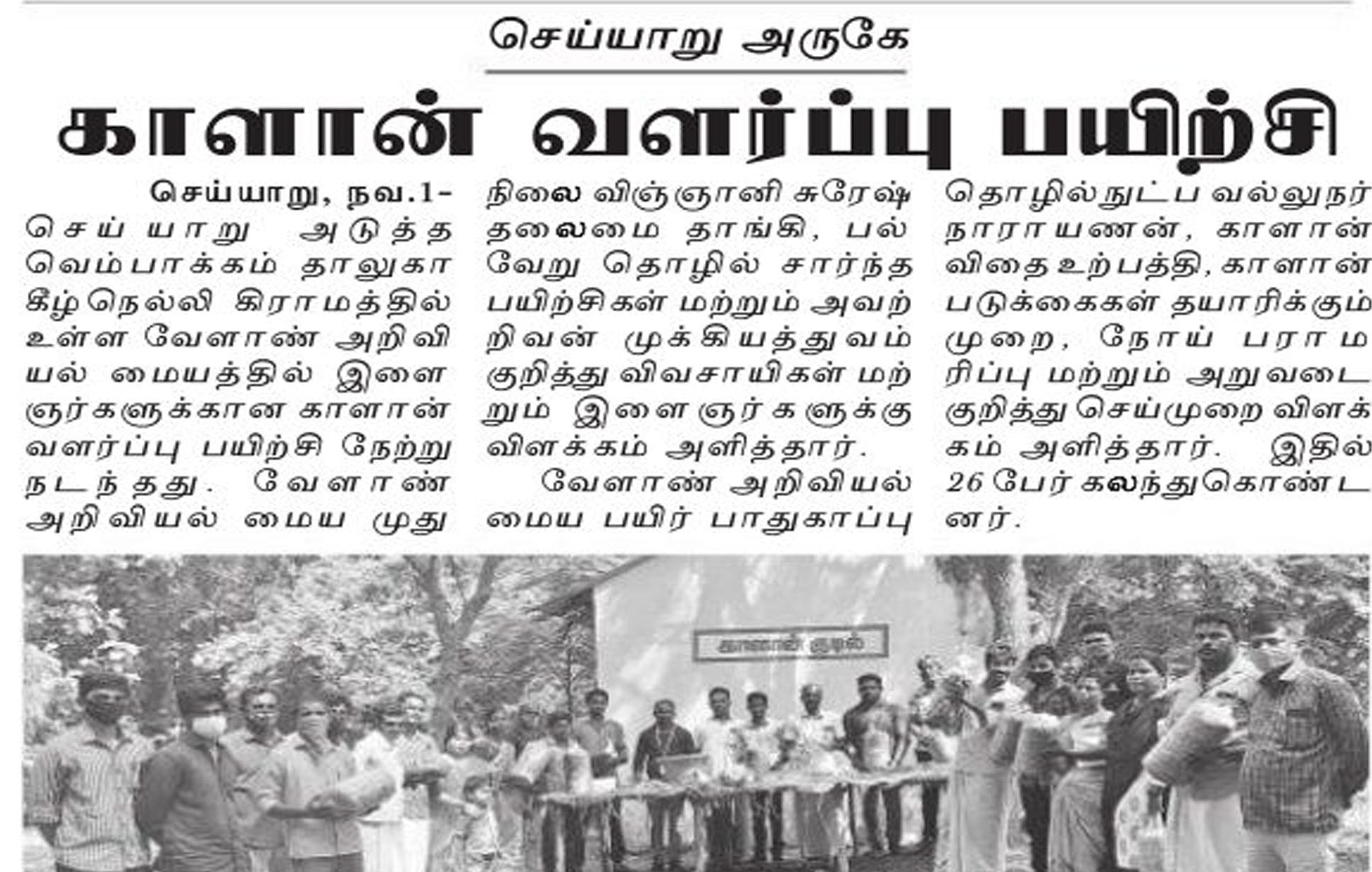Mushroom Production Unit
| Sl.No. | Description of Unit | Details |
|---|---|---|
| 1 | Year of Establishment | 1997 |
| 2 | Size of the unit | 22.2 X 12 x 10 feet (266.4 Sqft) |
| 3 | Capacity of mushroom production (kg) | 100 kg/year |
| 4 | No. of farmers trained | 520 |
Mushroom Production cum Demo Unit
A mushroom is described as the “fruiting body of a fungus that typically appears above the ground and contains spores”.
It is this fleshy bracket that is commonly eaten.
Precautions to be observed
Bed Preparation Techniques
Health and Nutritional Benefits
Economics of Oyster mushroom production Unit (200 sqft)
| Sl.No. | Description | Total Rs. |
|---|---|---|
| A - Recurring cost | ||
| 1 | Paddy straw | 7000.00 |
| 2 | Mushroom spawn | 15000.00 |
| 3 | Bed cover and preparation charge | 2200.00 |
| 4 | Chemicals, fungicide, formalin and fumigants | 5000.00 |
| 5 | Labour charge | 7000.00 |
| 6 | Miscellaneous | 5000.00 |
| Total Rs. | Rs. 41200.00 | |
| B - Non- Recurring Cost | ||
| 1 | Mushroom shed | 50000.00 |
|
||




